Industrial Design and Engineering students collaborate on a system to assess local climate change that seamlessly blends into its environment.
By Eric Schneider & Radika Bhaskar
Like most large cities, Philadelphia is an urban heat island, with temperatures that exceed surrounding areas due to dark-colored paved surfaces and the general lack of green spaces. This is a significant public health issue since high heat exposure coupled with high vulnerability (age, socio-economic factors) leads to elevated heat-related mortality. How can industrial design students help to address this situation?
Summer temperature is not elevated evenly across the city; satellite temperature records show that some neighborhoods can be 22 degrees warmer than others. More information is needed at fine scales to quantify why some blocks may be hotter than others, to help identify strategies that can lead to cooling. Engineering professor Dr. Radika Bhaskar has been working with engineering students Jerry Sanders and Cianna Quintana on a research project that aims to characterize the reach and magnitude of cooling from small urban green spaces, working in partnership with the Office of Sustainability and the Philadelphia Water Department. The challenge they have faced is how to collect on-the-ground measurements of temperature in outdoor areas with high levels of activity.
That’s where our industrial design students enter the picture.
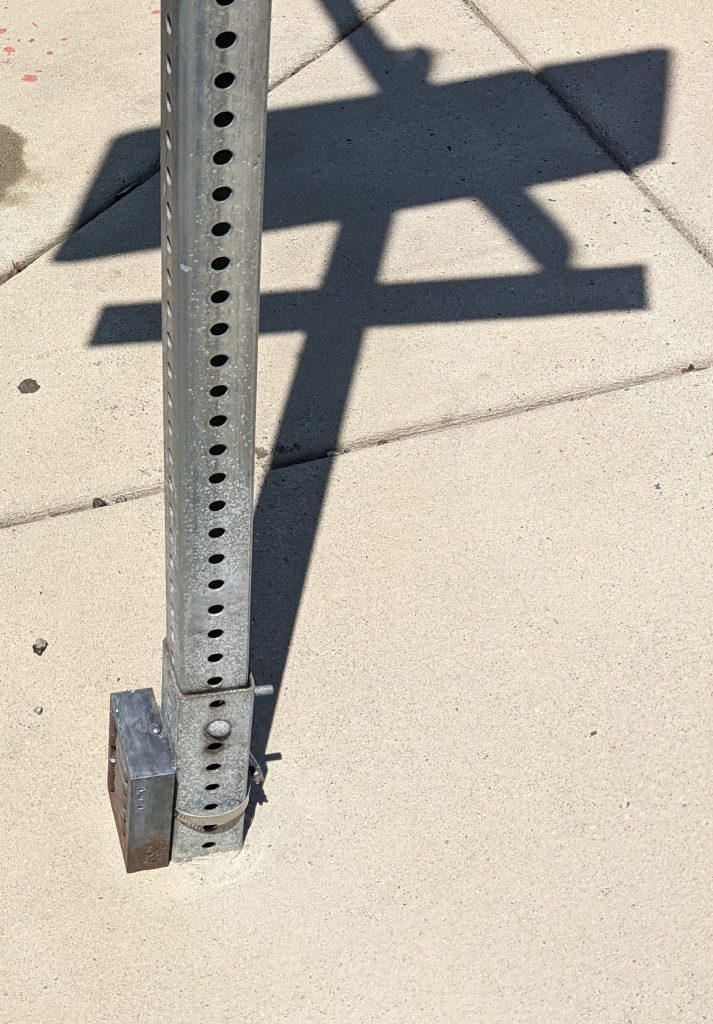
The research team selected small data loggers made for monitoring outdoor temperature and humidity. The problem is, these sensors are packaged in enclosures which are not designed for a wide variety of mounting scenarios, nor are they designed to blend with the surrounding environment. Since these sensors need to be deployed for days on end while data is collected in areas of high foot-traffic, the existing enclosures would arouse a lot of curiosity and could suffer from tampering, damage, or theft. The team turned to Industrial Design Professor Eric Schneider’s Advanced Materials and Processes class this past spring, and industrial design students started developing alternative sensor enclosures which were targeted for specific installation situations based on field evaluations of the urban settings of interest. These included:
• Blending in among grasses and other low plants.
• Mounting to a utility pole.
• Mounting to a fence post.
• Blending in among rocks.
• Integrating into concrete features.
• On the soil surface, blending in among trees.
The students developed their designs to the point where prototypes could be 3D printed, with preliminary testing taking place at the start of this summer. Much of the work on 3D printing, finishing, and assembly has been done by Jennifer Hegelein, a first year MSID student. Some designs ended up being deemed to be not versatile enough and it was discovered that others presented installation problems or tended to trap heat and disrupt the sensor readings. Ultimately it was determined that two designs would be used for pilot measurements. The first of these relocates the battery to a position near the soil line so that what sticks up is extremely thin and compact. This was originally intended to look like a dummy plant label but it has turned out to be quite versatile and with a change in mounting stake can even be installed horizontally just above the soil line. The second design is intended to look like a rusty, nondescript utility box that has just “been there forever” so as to not attract attention and this has turned out to be suitable for utility poles and various kinds of fences.
So far, testing around playgrounds and recreation sites not far from the Jefferson East Falls campus showed very promising results. The data was logged successfully during dry and wet conditions, and the majority of the sensors were undisturbed and overlooked. According to Professor Bhaskar, “the housings designed by the class provide a versatility we would never otherwise have, to collect measurements in high activity zones. In the past for this kind of work we put the dataloggers in Tupperware and plastic boxes, which was very limiting. More data collected in August has yet to be analyzed, but it is likely to reinforce the value of the students contribution and the study. It is hoped that with additional funding industrial design students and faculty will continue to support this effort by designing new sensor housings and refining the existing designs and by helping with 3D printing, assembly, and installation of the sensors. While this project is somewhat of a departure from a more typical design assignment, it’s great to leverage our industrial design skills to help inform city agencies on a public health issue which is becoming even more pressing as global warming affects conditions in urban environments. At the same time it’s been a great opportunity for the industrial design students to gain an understanding of a vital urban planning and public health issue. This is one of the great aspects of being an industrial designer – our work often brings us into contact with issues, policies, and technologies and to collaborate with other professionals to engage in work which can ultimately benefit our community.



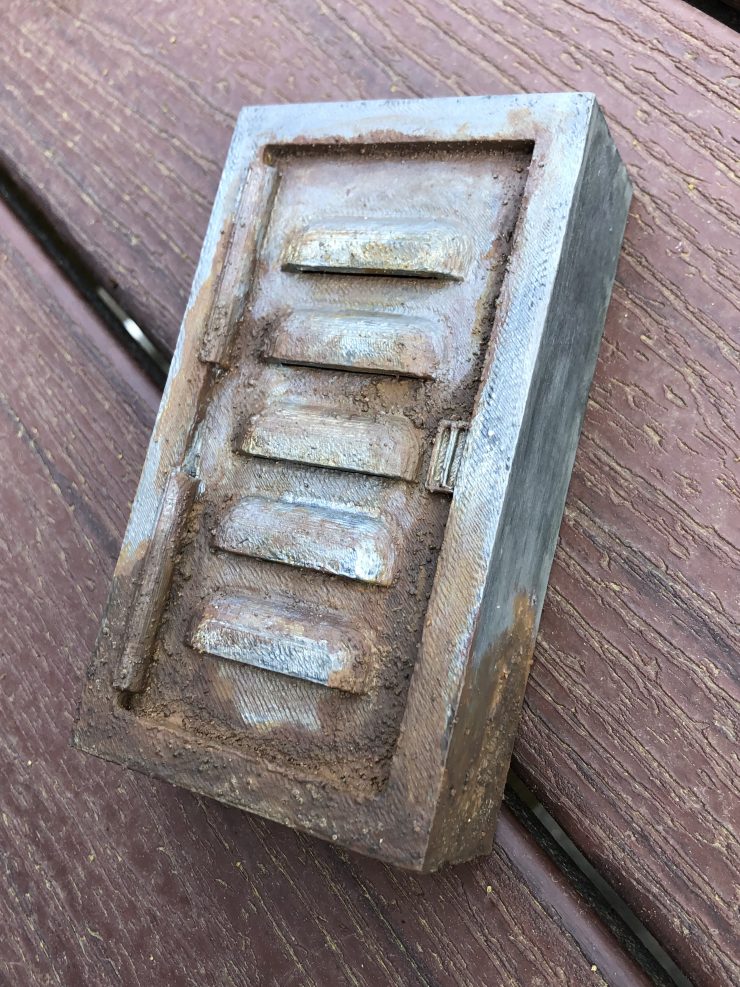
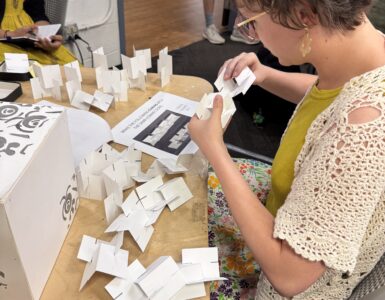

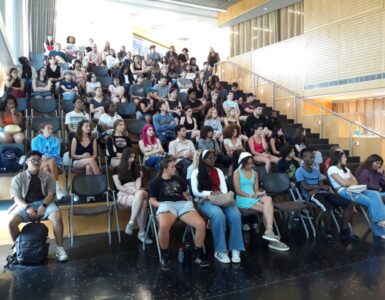

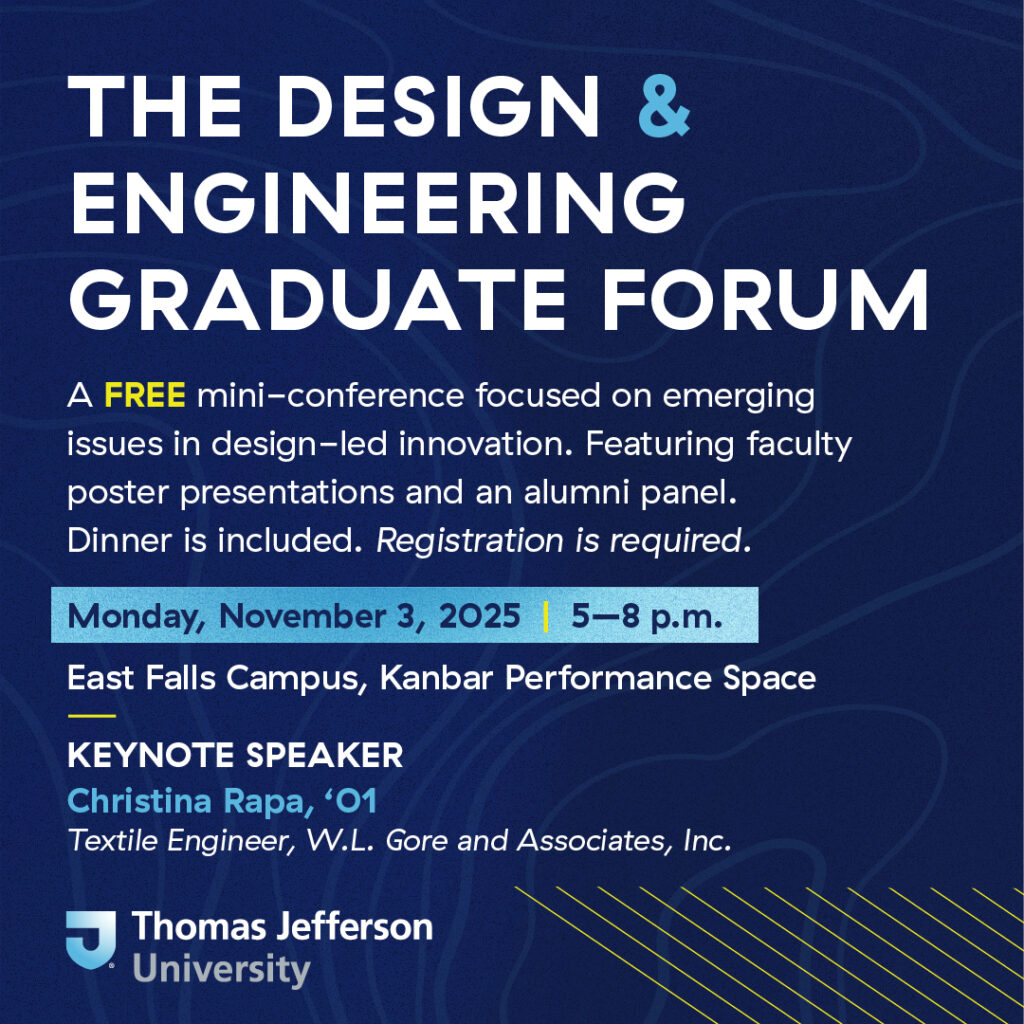
Add comment